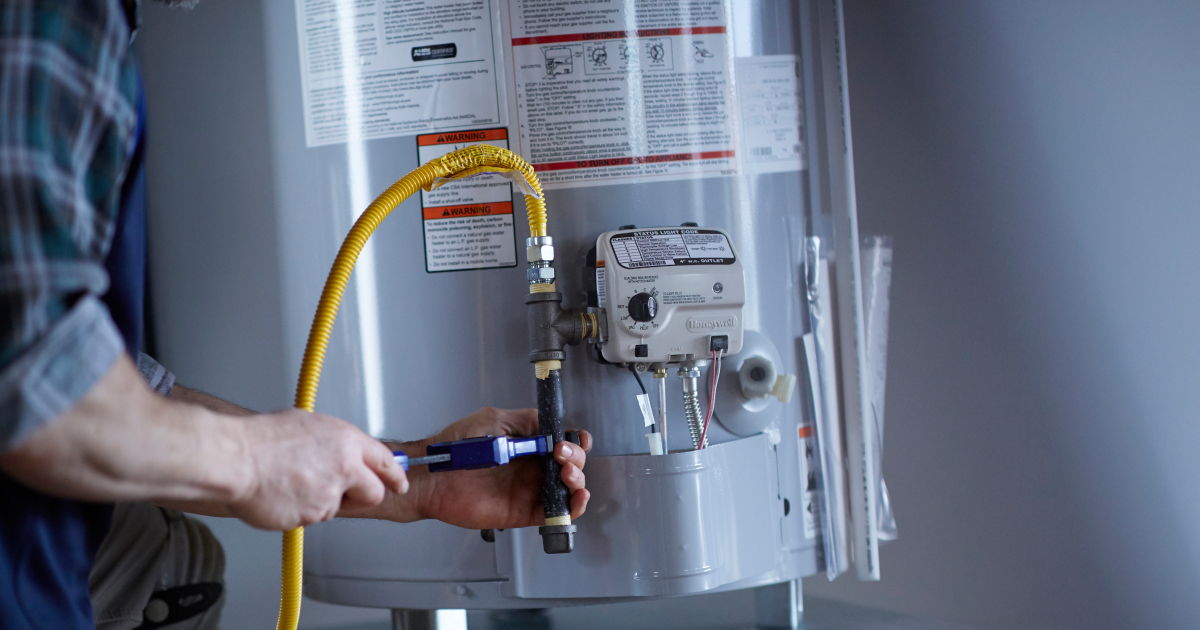Every person will have their personal opinion in relation to Tips on Maintaining a Water Heater.

Warm water is important for daily comfort, whether it's for a rejuvenating shower or cleaning meals. To ensure your warm water system runs efficiently and lasts much longer, routine upkeep is essential. This article offers sensible suggestions and insights on just how to keep your home's warm water system to avoid disturbances and expensive repairs.
Introduction
Preserving your home's hot water system may appear difficult, but with a few straightforward steps, you can guarantee it operates efficiently for several years to find. This guide covers every little thing from comprehending your warm water system to DIY upkeep tips and understanding when to call expert aid.
Importance of Preserving Your Warm Water System
Regular upkeep not just extends the lifespan of your warm water system yet likewise guarantees it operates effectively. Disregarding maintenance can cause lowered efficiency, higher power costs, and even premature failing of the system.
Signs Your Hot Water System Requirements Maintenance
Understanding when your warm water system requires focus can prevent major problems. Keep an eye out for signs such as inconsistent water temperature, odd sounds from the heater, or rusty water.
Comprehending Your Warm Water System
Before diving into upkeep tasks, it's valuable to recognize the standard components of your hot water system. Usually, this consists of the hot water heater itself, pipelines, anode poles, and temperature level controls.
Monthly Maintenance Tasks
Regular regular monthly checks can assist capture minor issues prior to they rise.
Purging the Water Heater
Flushing your water heater removes sediment buildup, enhancing effectiveness and extending its life.
Checking and Replacing Anode Rods
Anode rods stop rust inside the storage tank. Checking and changing them when broken is critical.
Checking and Changing Temperature Level Settings
Changing the temperature settings guarantees optimal performance and safety.
DIY Tips for Maintenance
You can perform several upkeep tasks on your own to maintain your warm water system in leading problem.
Checking for Leaks
Routinely examine pipes and connections for leaks, as these can cause water damages and higher bills.
Testing Pressure Relief Valves
Checking the pressure relief valve ensures it functions correctly and avoids excessive stress build-up.
Shielding Pipelines
Protecting hot water pipes minimizes warm loss and can conserve energy.
When to Call a Specialist
While do it yourself maintenance is valuable, some issues call for specialist know-how.
Facility Issues Requiring Specialist Aid
Instances consist of major leakages, electric troubles, or if your hot water heater is regularly underperforming.
Regular Expert Upkeep Benefits
Expert upkeep can consist of comprehensive examinations, tune-ups, and guaranteeing conformity with safety and security requirements.
Conclusion
Routine maintenance of your home's warm water system is important for performance, durability, and cost financial savings. By adhering to these tips and recognizing when to seek expert help, you can make sure a reliable supply of warm water without unexpected interruptions.
How to Maintain an Instant Hot Water Heater
Before tinkering with your hot water heater, make sure that it’s not powered on. You also have to turn off the main circuit breaker and shut off the main gas line to prevent accidents. Also turn off the water valves connected to your unit to prevent water from flowing into and out of the appliance. 2. When you’re done, you have to detach the purge valves’ caps. These look like the letter “T” and are situated on either side of the water valves. Doing so will release any pressure that has accumulated inside the valves while at the same time avoid hot water from shooting out and burning your skin. 3. When the purge valves’ caps are removed, you have to connect your hosing lines to the valves. Your unit should have come with three hoses but if it didn’t, you can purchase these things from any hardware or home repair shops. You can also get them from retail stores that sell water heating systems. Read the user’s manual and follow it to complete this task properly. When the hosing lines are connected, open the purge port’s valves. 4. You should never use harsh chemical cleaners or solutions when cleaning your unit. Make use of white vinegar instead. It should be undiluted and you’ll probably use about 2 gallons. 5. Now flush your water heater. This task should probably take about 40 minutes. We can’t give you specific directions for this because the procedure is carried out depending on the type, model and brand of your heater. With that being said, refer to the user’s manual. 6. When you’re done draining the unit, you have to turn off the purge port valves again. Remove the hosing lines that you earlier installed on each of the water valves. Put the valve caps (purge port) back in their respective places and be very careful so as not to damage the rubber discs that are found inside these caps. 7. Now that everything’s back in place, check your user’s manual again to find out how to reactivate your water heating system. 8. Once it is working, turn one of your hot water faucets on just to let air pass through the heater’s water supply pipes. Leave the tap on until water flows smoothly out of it. https://www.orrplumbing.com/blog/2014/september/how-to-maintain-an-instant-hot-water-heater/

I recently found that blog entry on How to Maintain Your Water Heater & Prolong its Life when doing research the internet. Are you aware of somebody else who is interested by the subject? Take a moment to share it. We truly appreciate reading our article about Tips on Maintaining a Water Heater.
This Post